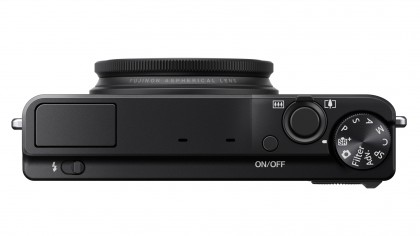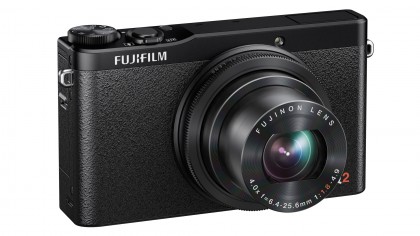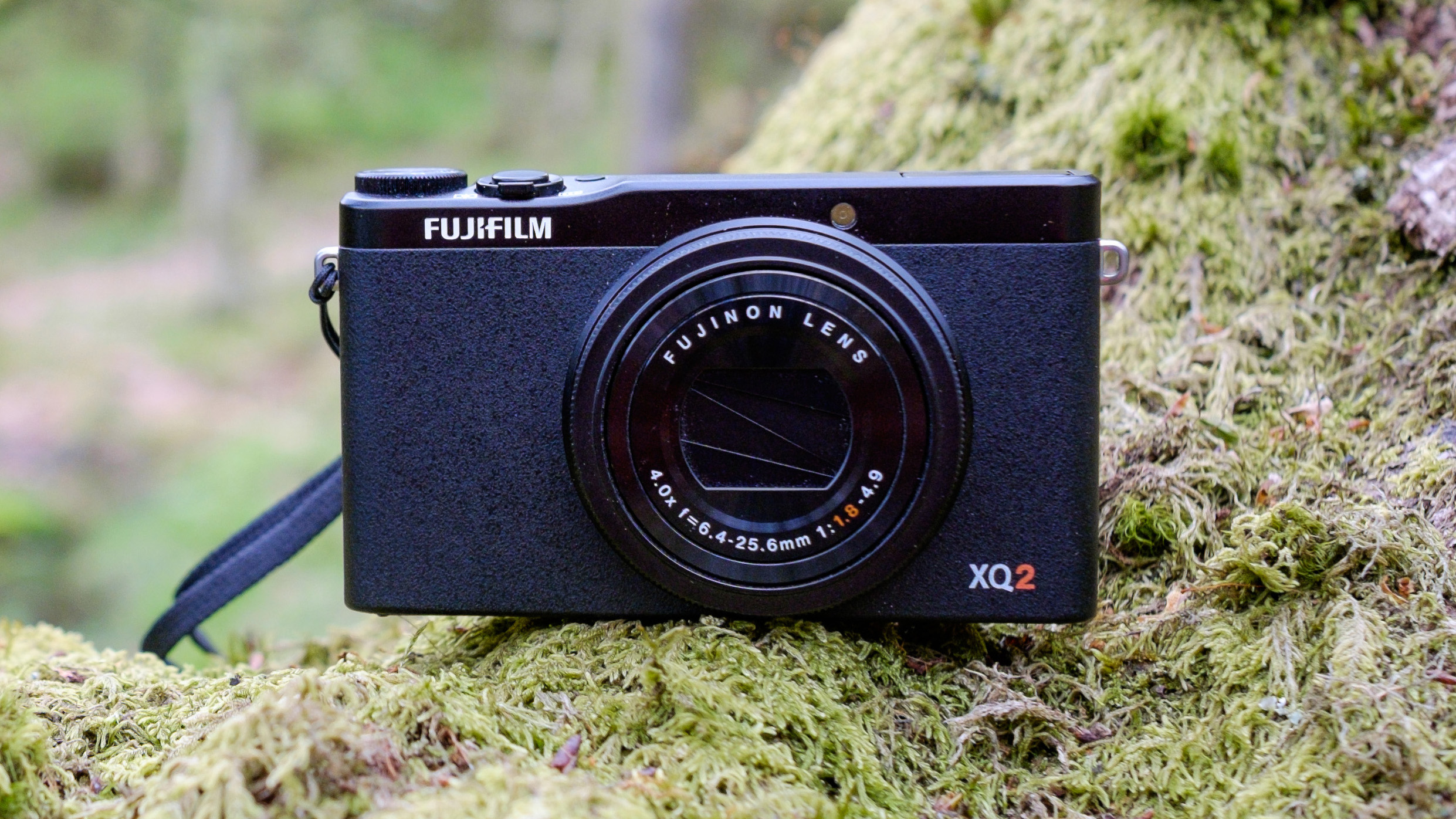TechRadar Verdict
A thoroughly enjoyable camera to use. It does everything pretty well but falls short of challenging the very best in its class – a 1-inch sensor, better lens and a tilting touch-screen would potentially make the difference.
Pros
- +
Pocketable and well designed
- +
Intuitive menu system
- +
Good focal length range
- +
Excellent film simulation modes
Cons
- -
Lens and sensor not up with the very best in its class
- -
Dynamic range a little limited
- -
Noisy at higher ISOs
- -
No tilting screen
Why you can trust TechRadar
The Fuji XQ2 has been introduced some 18 months after the XQ1 and it shares the same 12-megapixel 2/3-inch X-Trans CMOS II sensor found in its predecessor, as well as the larger X20 and X30. It has a Fujinon F/1.8-4.9 25-100mm (equivalent) lens, again shared with the older XQ1. In fact the only notable changes in spec compared to the XQ1 are the addition of the Classic Chrome film simulation mode and its availability in a classic retro black and silver finish.
Features
This very pocketable little camera is capable of shooting in both JPEG and raw formats, as well as offering both simultaneously. It has a maximum image resolution of 4000 x 3000 pixels, when used in its native 4:3 format; however, 3:2, 16:9 and 1:1 ratios are also available. It can also shoot full HD movies at 60 and 30 fps.


The 25-100mm equivalent lens offers a fast (f/1.8) aperture at its widest setting although, by the time you zoom to 35mm, the largest aperture available is f/3.6, finishing at f/4.9 at its longest end. With macro mode enabled, you can focus as close as 3mm, although this is only achieved at the widest focal length. Digital zoom allows further reach in full auto modes.
All the excellent film simulation modes found on the more advanced Fuji cameras are available on the XQ2 along with many of the other features found on its more expensive siblings. Wi-Fi functionality allows connection to both your PC and smartphone/tablet through Fuji's Camera Remote app – it's a little clunky in use but a very welcome addition.
The top mode dial offers quick access to a wide range of options: aperture and shutter priority, manual, program, custom and a good variety of automated programs. As well as the usual scene based picture modes, you also have access to panoramas, multiple exposure, pro focus, pro low light and special effect filters.
Sensitivity ranges from ISO 100 to 3200 (extendable to ISO 12,800) with Auto ISO offering a range between ISO 100 (default) and ISO 800 and a minimum shutter speed of 1/30 second. Given its 3 stop rated optical image stabilisation and the likely noise at higher sensitivities with a camera such as this, this seems a good, realistic implementation of Auto ISO. The comparatively large 2/3-inch sensor, by compact camera standards, coupled with Fuji's EXR II processor should, however, ensure better high sensitivity performance than from many rival compact cameras.
Multi, spot and average metering are all available, along with exposure bracketing in 1, 2/3 and 1/3 EV steps over 3 frames. When you add continuous shooting of up to 12 fps, single, continuous and manual focus (including focus peaking), tracking and multi area focus modes, the XQ2 looks very well specified.
Sign up for breaking news, reviews, opinion, top tech deals, and more.

Although not offering current XQ1 owners any compelling reason to upgrade, the new XQ2 is competitively priced and represents good value for money when you consider its all-round handling, performance and features. It perhaps falls between two camps, though, with the pricier Sony RX-100 series benefiting from a larger 1-inch sensor and offering class-leading performance for enthusiasts wanting a truly pocketable compact. Alternatively, the likes of the Canon Powershot S120, although older and with smaller sensor, offers touch screen technology and a slightly longer zoom range, in an equally compact package, at a cheaper price.
